
Pin by DiGUM ViewOfLife on Marine Life Brain coral, Saltwater tank
Quick Facts About the Favia Coral Care. Scientific Name: Favia sp. (most of what I see generally covers the genus and not specific species), belong to the Faviidae family Common Names: Brain coral, Moon Coral, Pineapple Coral, Closed Brain Coral Aggression Level: Aggressive Care Level: Easy and suitable for beginners Flow: Relatively low to moderate.

Brain Coral Pineapple (Favites spp.) CoralFarm.ro
The Closed Brain Corals are large polyp stony (LPS) corals often referred to as Moon, Pineapple, Brain, Favites Brain, Star, Worm, or Honeycomb Coral. They are the most common and prolific coral in the world, and are very similar to the genus Favia, sharing many of the same common names, and sometimes being very difficult to differentiate.

The meaning and symbolism of the word «Pineapple»
Favia corals have a large round like or dome like shaped colonies. The common names for Favia corals include, moon coral, green moon coral, pineapple coral, brain coral, closed brain coral, and star coral. They are an excellent choice for both the beginner and the advanced aquarist. Care Level Moderately Easy

Brain Coral Pineapple (Favites spp.) CoralFarm.ro
Other Names: Closed Brain Coral, Pineapple Coral and Moon Coral. Favia and Favites: Different skeletal walls. Tank: 150 gallons. Water: 72F to 84F, 8.0 to 8.4 pH, 8 to 12 dKH, 1.023-1.025 SG. Lighting: 100 par.. Your Brain Coral requires stable water parameters to grow and survive in captivity. This is why it is essential to keep the range.
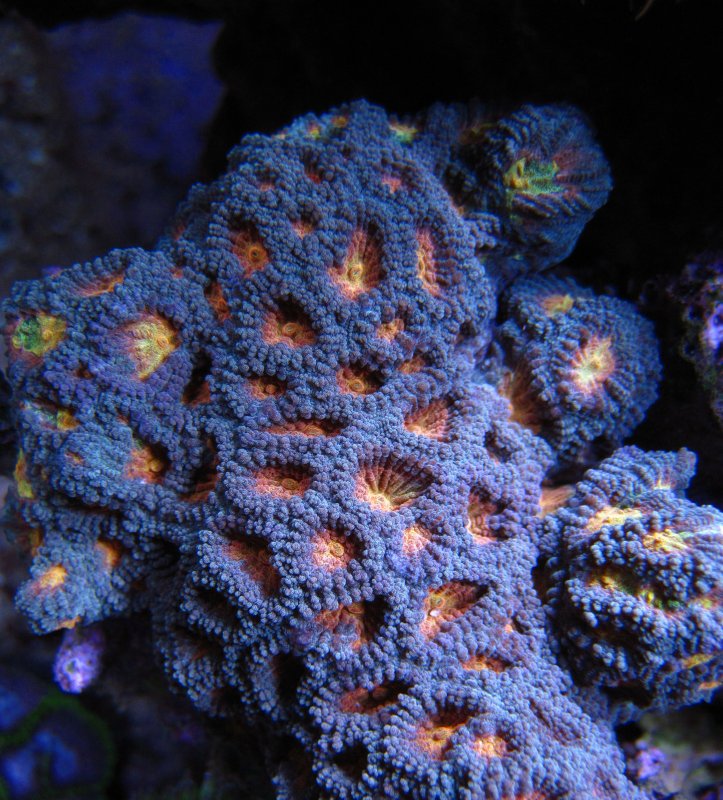
Coral of the Week Favia (Brain Coral, Pineapple) REEF2REEF Saltwater
Some common names these corals are know for are Lord Acan, 'The Lord', Acan Lord Howe, Closed Brain Coral, Pineapple Starry Cup Coral, Pineapple Brain Coral, Lordhowensis, and Brain CoraL. The A. lordhowensis has been propagated in captivity with great success, leading to a variety of colors. Some names used by reef farmers are Watermelon.
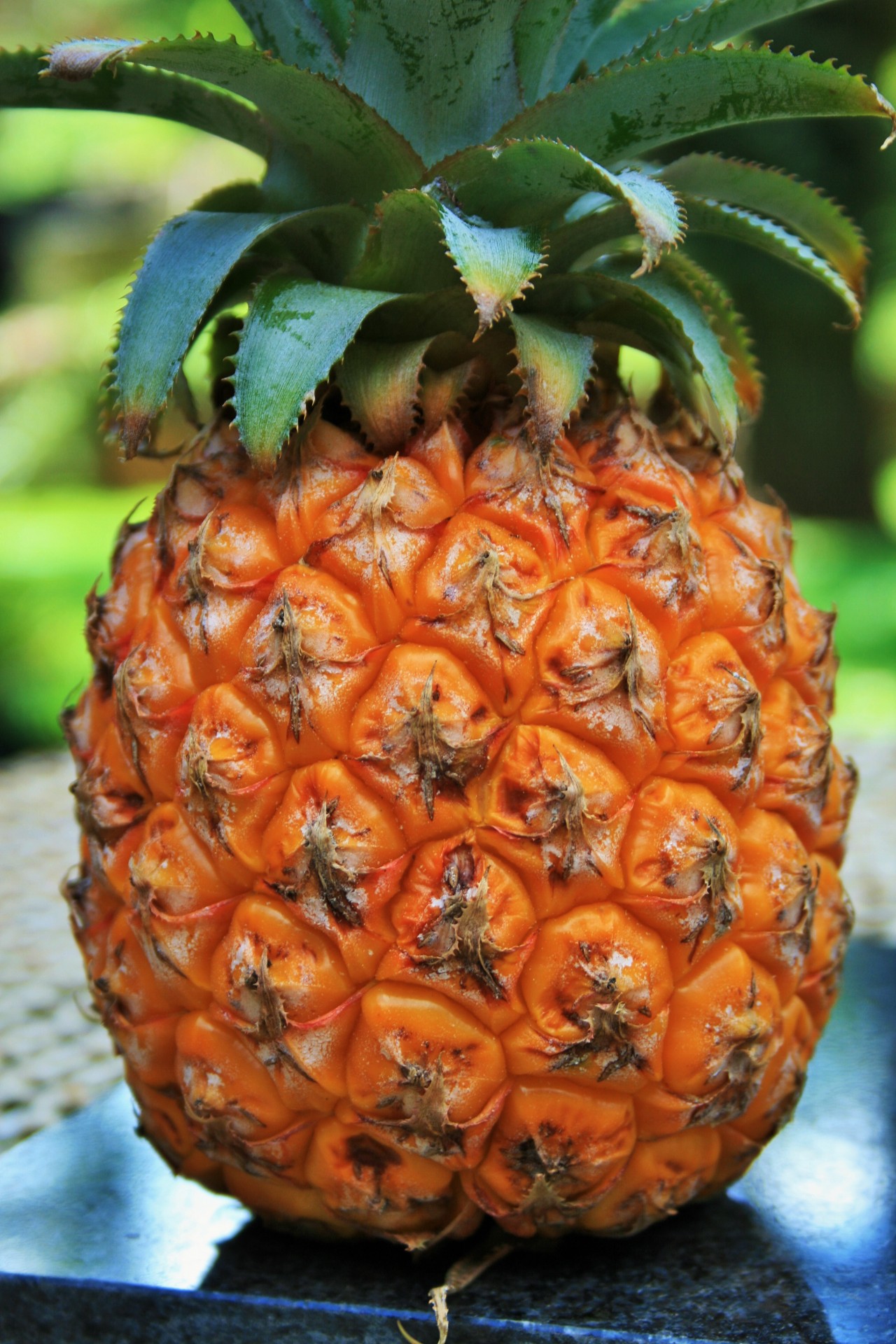
Whole Pineapple Free Stock Photo Public Domain Pictures
The Favia Brain Coral, Favia sp., also known as the Honeycomb Coral, Pineapple Coral, Moon Coral, Closed Brain Coral, Closed Pineapple Coral, Star Coral, and Worm Coral, has fleshy colored polyps that hide its skeleton. This coral gets its name from the various folds and crevices that seemingly resemble a brain. The Favia Brain Coral is one of the most popular corals for beginner.

Pineapple Coral (blastomussa merletti) AQUARIUM Coral, Sea animals
The Pineapple Brain Coral is a large polyp stony coral that derives its name from its distinct appearance, resembling a pineapple with its rough, textured surface and intricate ridges. This coral is a popular addition to reef aquariums due to its hardy nature and striking coloration, ranging from yellow-green to golden-brown. The Pineapple Brain Coral prefers low to moderate lighting and.

Pineapple Coral
Brain coral is a common name given to various corals in the families Mussidae and Merulinidae,. Favites Link, 1807 - moon, pineapple, brain, closed brain, star, worm, or honeycomb coral; Goniastrea Milne-Edwards and Haime, 1848; Leptastrea Milne-Edwards and Haime, 1848;

Pin on caracoles
Care Level: Easy Temperament: Aggressive Lighting: Moderate Waterflow: Medium Placement: All Water Conditions: 72-78° F, dKH 8-12, pH 8.1-8.4, sg 1.023-1.025 Color.

Hawaiian Time Machine Pineapple Coral
The Versiopora Pineapple Brain Coral is uncommon in its beauty but also as a representative of one of just two species in the genus Plesiastrea.The Versiopora Pineapple Brain Coral shares a striking resemblance, as well as shared common names with its popular cousins - corals in the genus Favia.Though often confused, it is clear that this magnificent color morph is sure to make a unique.

Turquoise Color and Complex Structure of Isolated Pineapple Brain Coral
The Favia Corals are large polyp stony (LPS) corals often referred to as Moon, Pineapple, Brain, Closed Brain, Star, Worm, or Honeycomb Coral. They are the most common and prolific coral in the world, and are very similar to the genus Favites, sharing many of the same common names, and sometimes being very difficult to differentiate. Favia.

Brain Coral, Pineapple (favia Sp.) Photos
For the Pineapple Brain Coral, they are predominatly colored blue violet on the wall and green on the mouth. This are the water parameters for cultivating Pineapple Brain Coral: Calcium: 400 - 450 ppm; Alkalinity: 2.86 - 3.93 MEQ/L (8 - 11 dKH) Phosphates: 0; Magnesium: 1200 - 1350; Strontium: 8 -10; Temperature: 74° - 83° F (23° - 28° C)

Turquoise Color and Complex Structure of Pineapple Brain Coral 02 Stock
Favia is a genus of corals also referred to as brain coral. Let's go into Favia coral care and growing this species in your own aquarium! Skip to content. 443-234-0912 . 24 Hour Emergency Service. pineapple brain coral, moon coral, Favia sp. Temperature: 73-84 °F: Salinity: 1.025: pH: 8.1-8.4: Difficulty level: Easy: Temperament: Will.
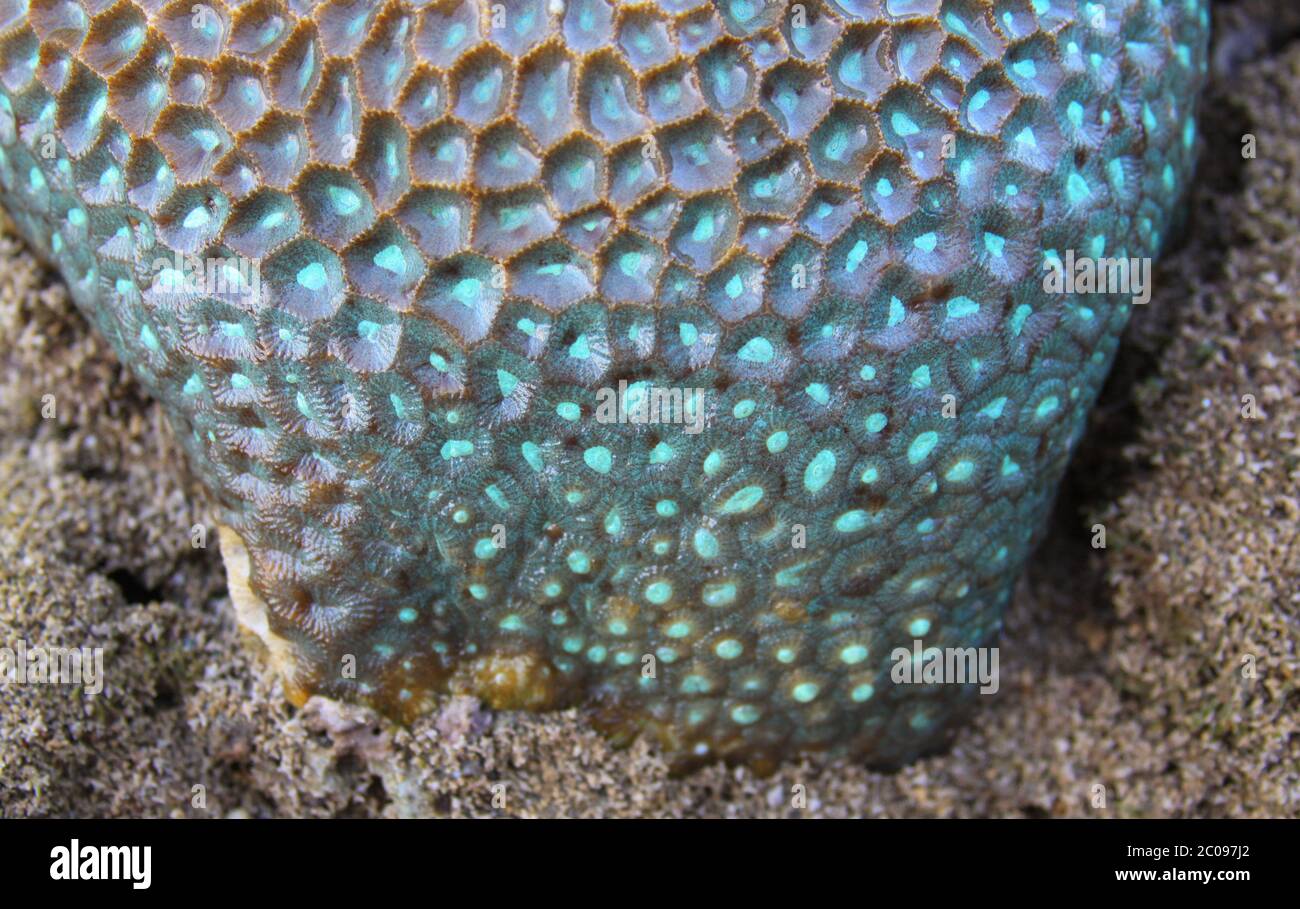
Closeup detail of turquoise color and complex structure pattern of
The Favites Corals are large polyp stony (LPS) corals often referred to as Moon, Pineapple, Brain, Closed Brain, Star, Worm, or Honeycomb Coral. They are the most common and prolific coral in the world, and are very similar to the genus Favia, sharing many of the same common names, and sometimes being very difficult to differentiate. Favites.
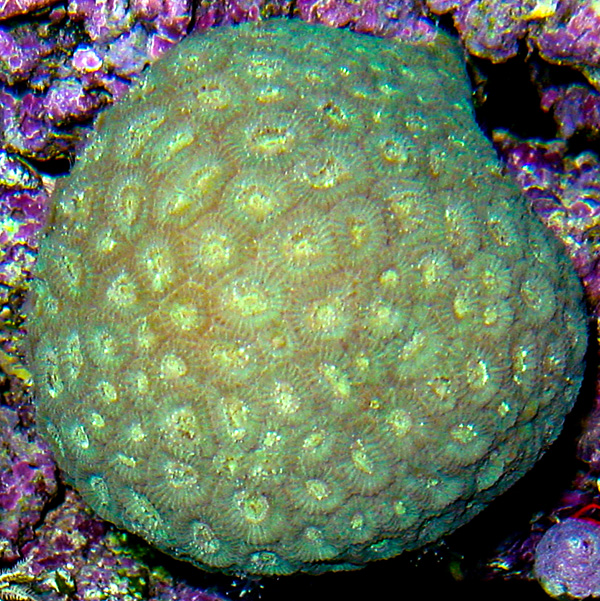
Brain Coral, Pineapple
The Favites Corals are large polyp stony (LPS) corals often referred to as Moon, Pineapple, Brain, Closed Brain, Star, Worm, or Honeycomb Coral. They are the most common and prolific coral in the world, and are very similar to the genus Favia, sharing many of the same common names, and sometimes being very difficult to differentiate.
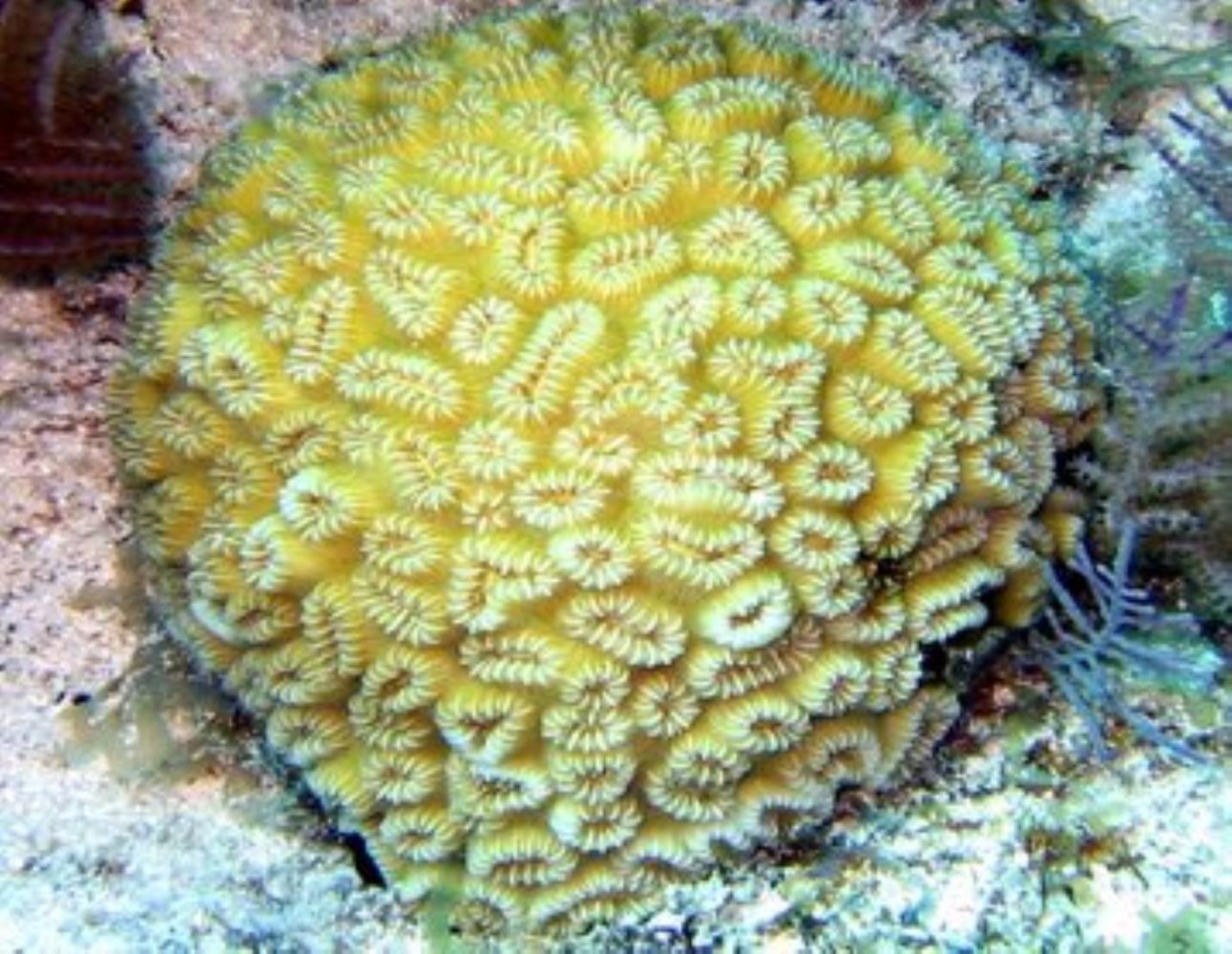
Pineapple Coral Information and Picture Sea Animals
Favia Coral Care. Favia commonly referred to as the Brain corals, Moon corals or Pineapple corals are LPS corals, growing in colonies in a wide range of habitats throughout both the Atlantic and Indo Pacific Ocean. Taking care of Favia corals is straightforward as long as you provide them proper conditions.